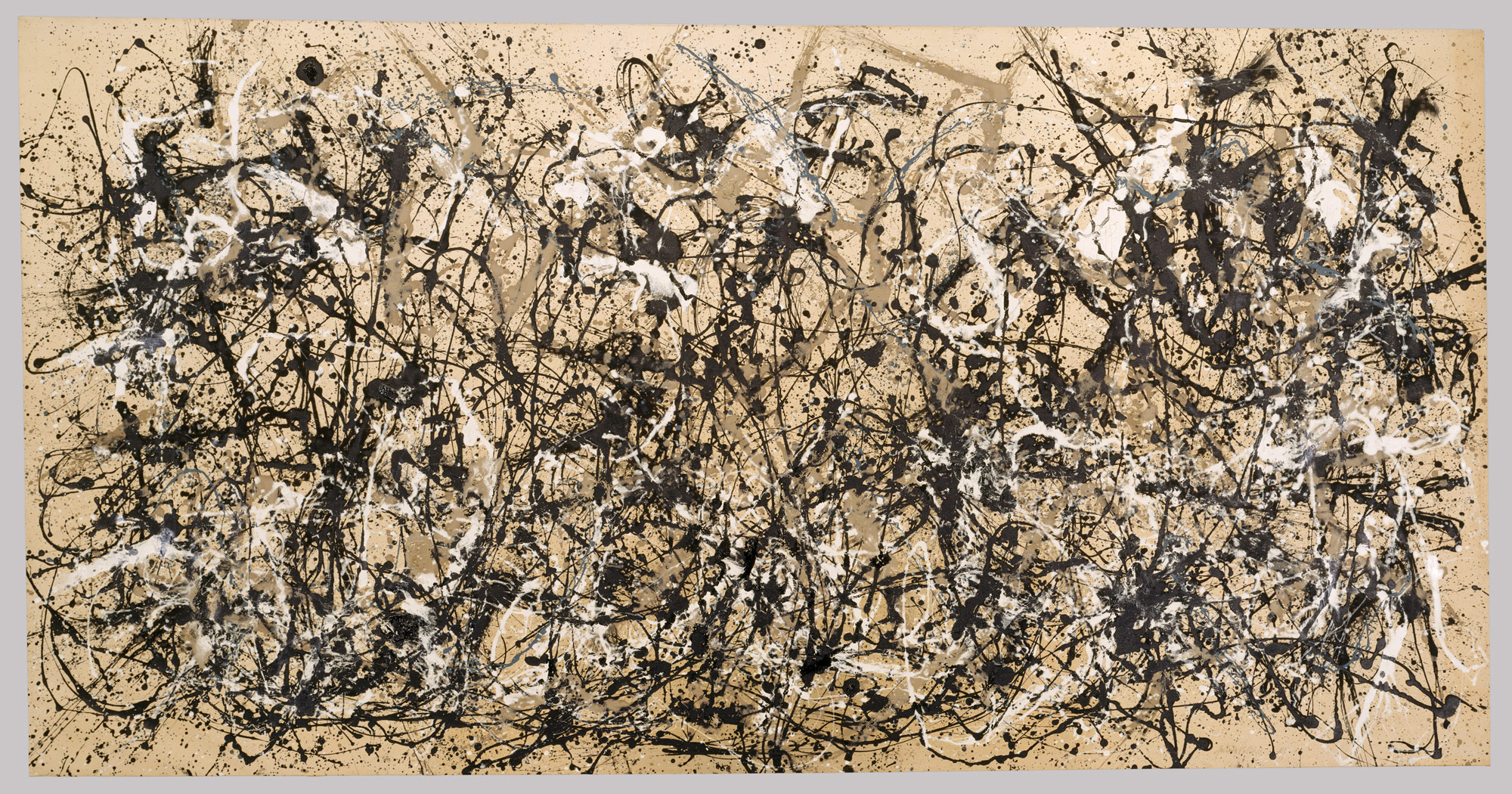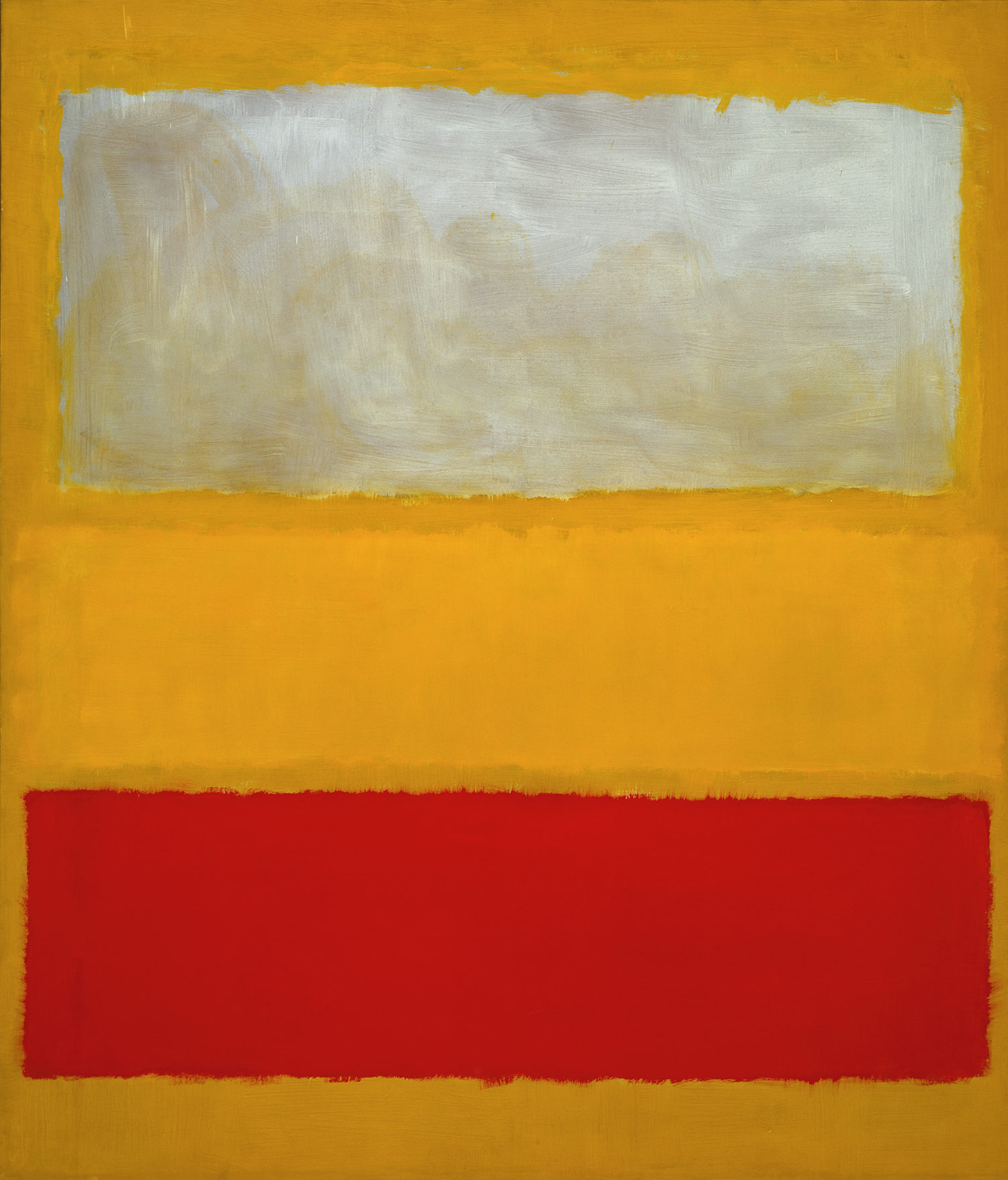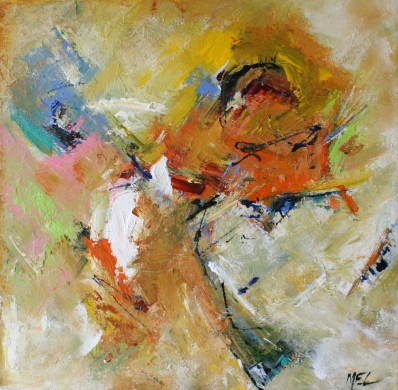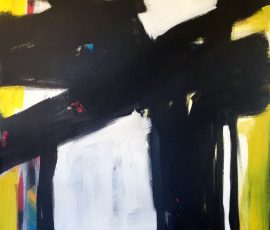I hear it muttered often as I study for my Modern Art exams: “That’s art? But I could do that!” People are flabbergasted by some of the artworks that have made it into history books. Rothko, Pollock, and De Kooning – all considered geniuses of their time. Closely following Surrealism, this seemingly simple style of art called Abstract Expressionism focused on the automatic, the active, and the subconscious. Works of this genre took on the focus and purpose of technique, as opposed to true representation.
What many do not realize is that artworks such as these were not Jackson Pollock pouring paint about onto the canvas. The innovator would mix his paint with sand, shattered glass, even cigarettes. With his paintings selling for $160,800,000, you’d think Pollock could afford an ashtray.
Rothko’s color field paintings were a search for spirituality through resonant color. However, many only see that artist’s squares upon rectangles, who, for his part didn’t even have the courtesy to care enough to make even lines.
Though it may seem like your 6 year old has come home with any one of these artworks a time or two, there was reason and expression behind each of these abstractions. So, what does Elizabeth Chapman, an Art Educator and Zatista artist, embed in her expressionistic works? She finds great inspiration for her compositions in music, and believes her works are the reflections of her current state of mind and body.
Marilyn Fenn attempts to show her audience the beauty and aesthetics found right in front of them in the simple shapes of her abstract pieces. These cellular and organic shapes are fascinating and captivating, and do possess an element of splendor one does not assume to find in simple shapes.
Although it may seem tempting to roll your dog in paint and put him on top of a canvas, perhaps we should leave the abstraction to the pros. Until your canine develops his keen sense of obscure expressionism, check out some of the abstract pieces on Zatista, and see what our artists have to say.
Related articles












Comments (0)